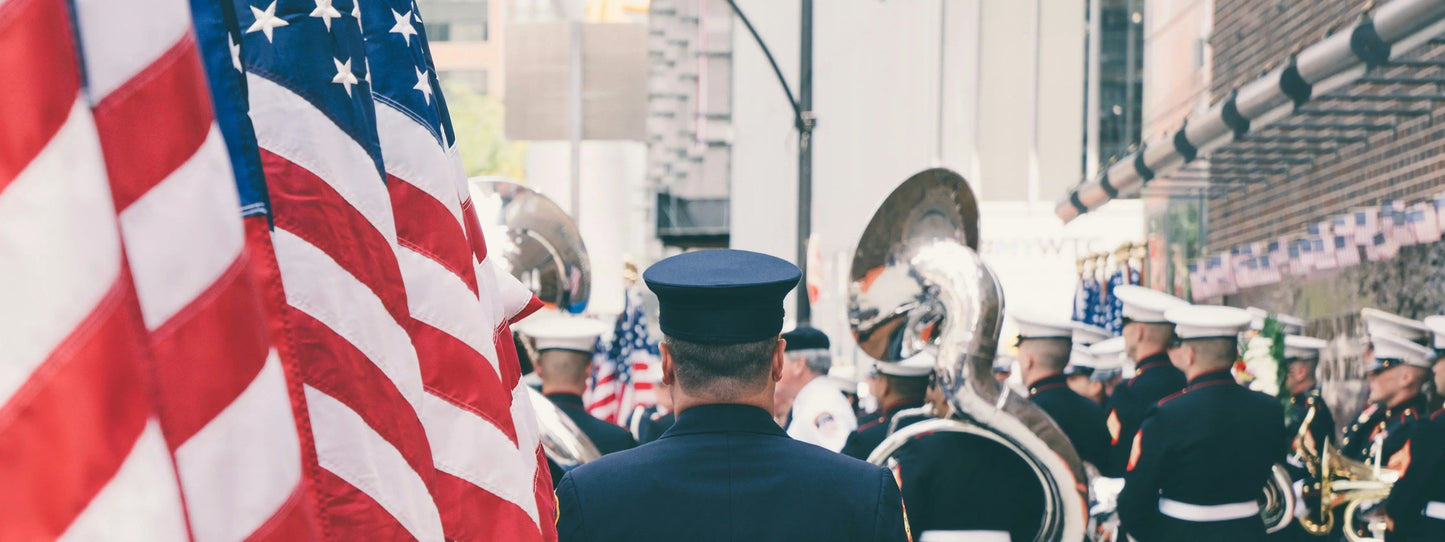With purchase of a Flagpole or Flagpole Kit until Labor Day!

Our beloved Stars and Stripes is more than just a piece of fabric—it's a symbol of our nation’s unity and freedom.
The U.S. Flag Code provides guidelines on how to display and care for our national flag with the respect it deserves. Though these guidelines are not mandatory, but they beautifully capture the spirit of American tradition and honor.
The code forms just one part of a 10-part Chapter outlining the usage and respect of flags and seals across our great nation.
Remember folks, our flag has been protected by law since 1968 when Congress passed the Flag Protection Act. This act was created to protect our cherished flag from acts like mutilation, defacement, and burning. Take this as reminder of the deep respect we hold for our national symbol.
The United States Flag Code
- Standing Tall: The flag should never be dipped to any person or thing. This tradition underscores the flag's steadfast dignity and was famously upheld during the 1908 Summer Olympics.
-
Retiring with Honor: When a flag becomes too tattered to represent our nation, it should be replaced respectfully, preferably through burning. Organizations like the Veterans of Foreign Wars, American Legion, Boy Scouts, and Girl Scouts regularly hold dignified flag retirement ceremonies.
-
Purposeful Use: The flag should never be used to hold, carry, or deliver anything. It’s a symbol, not a container.
-
Keeping Clean: The flag should never touch anything beneath it. Contrary to urban myths, it does not need to be destroyed if it touches the ground, but it should be kept clean and off the ground.
-
Proper Display: The flag should never be used as clothing, bedding, or drapery. It should always be allowed to fall free, except for special occasions like the Apollo Moon landings, where it needed a horizontal bar to display properly.
-
Respectful Handling: The flag should never be carried flat or horizontally. It should be borne aloft and free.
-
No Advertising: The flag should never be used for advertising. It’s a symbol of national pride, not a marketing tool.
-
Unmarked: The flag should not have any mark, insignia, letter, word, figure, design, picture, or drawing placed upon it. It stands alone in its significance.
-
Proper Signal: The flag should never be flown upside down, except as a signal of distress or great danger.
-
Vertical Display: When displayed vertically against a wall, the union (the blue field with stars) should be to the observer’s left.

